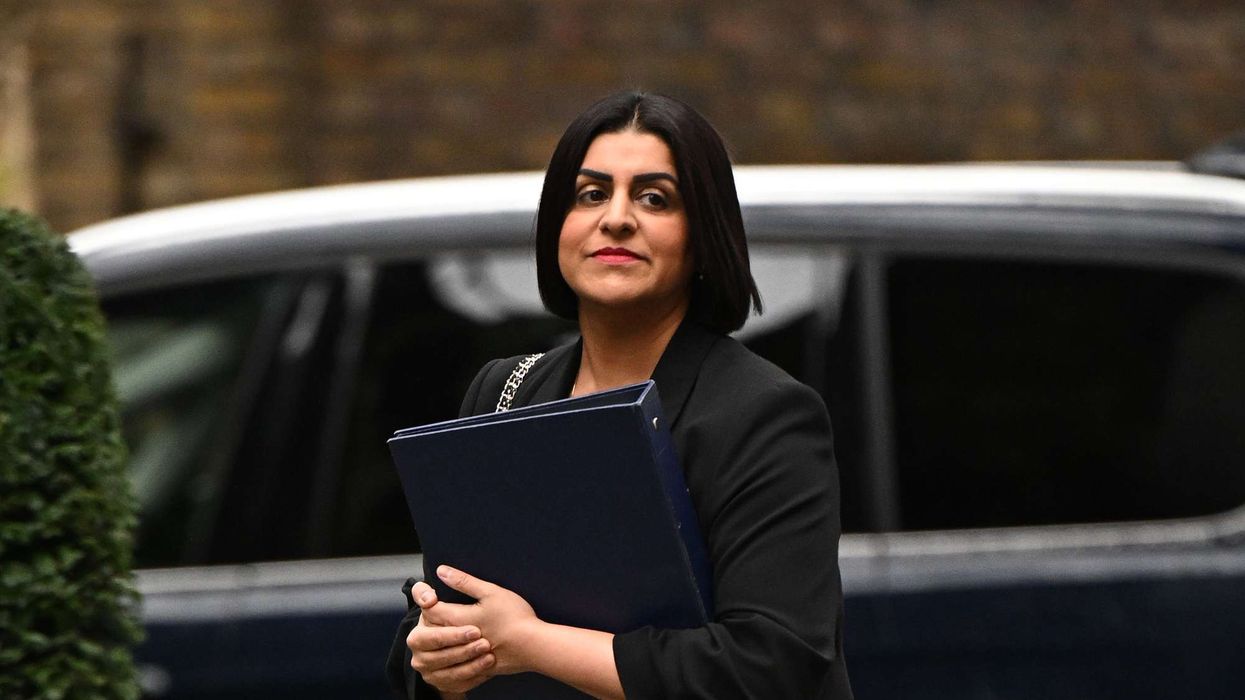Popular shows including two seasons of super hit drama Saath Nibhaana Saathiya have enabled Mohammad Nazim to show off his impressive range as a performer.
The popular Indian actor is currently starring in Tera Mera Saath Rahe, which has quickly crossed over 200 episodes since it premiered last year. The series, which airs on TV channel Star Bharat and streaming site Hotstar, adds to his great body of work.
Eastern Eye caught up with the star to discuss his interesting journey, current serial, future hopes, and acting hero.
How do you look back on your acting journey?
My acting journey has been full of struggles; at the same time I’ve enjoyed it a lot. It hasn’t been easy, but I’ve got a lot from it. I faced many challenges at the beginning, but wherever I am today is all because of my hard work. Also, I feel that the best part of my journey was during my struggling days.
Why is that?
Because when I had to travel a lot to Mumbai and Delhi, I remember people saying things like, why are you doing it? You don’t know anyone there? Neither does anyone know you? What will you get from this? And I just kept doing my thing. I considered them as my well-wishers, as I did all those things they once thought I won’t be able to do.
Which role has been closest to your heart?
All my roles are close to my heart because I have been very thoughtful while selecting them. Talking about one character, if I would had been asked this question before Tera Mera Saath Rahe, I would have said Ahem (Saath Nibhaana Saathiya). But now I would say Ahem and Saksham. Both roles are equally close to my heart.
How did you feel landing a lead role in Tera Mera Saath Rahe?
I was super happy because I had already done Saath Nibhaana Saathiya and Saath Nibhaana Saathiya 2, so when the makers approached me with a similar show but not same, I was really excited about it. Also, the fact that Giaa (Manek) was my co-star made me really happy.
What has been the experience of working on Tera Mera Saath Rahe?
It has been really great because we have a really talented team. If we don’t understand anything the directors patiently explain everything to us and then only we shoot. There is always so much to learn from them. (Smiles) Also, I love working on the sets of Tera Mera Saath Rahe because I am everybody’s favourite and very chilled with everyone.
What is the career plan going forward?
I’m currently focusing on this show, but in future I would like to participate in reality shows such as Bigg Boss and Khatron Ke Khiladi. I feel I can do wonders in these shows because of my personality.
Do you have some kind of a dream role?
I think my dream role would be that of a Punjabi character from a Punjabi oriented story. I have also always wanted to portray a police officer.
Who would you say is your own acting hero?
Salman Khan and Akshay Kumar have always been my favourites and will always continue to be.
If you could master something new, what would it be?
As an actor you should know everything because you don’t know which role you might land up for. So, new skills I want to learn would be gymnastics and martial arts.
What is it that inspires you as an actor?
Someone that inspires me as an actor is Akshay Kumar. I also feel like getting up as early as 4 am in the morning and hit the gym like him, but I get up around 6-6.30 am . One day I’d like to emulate him and that inspires me a lot.
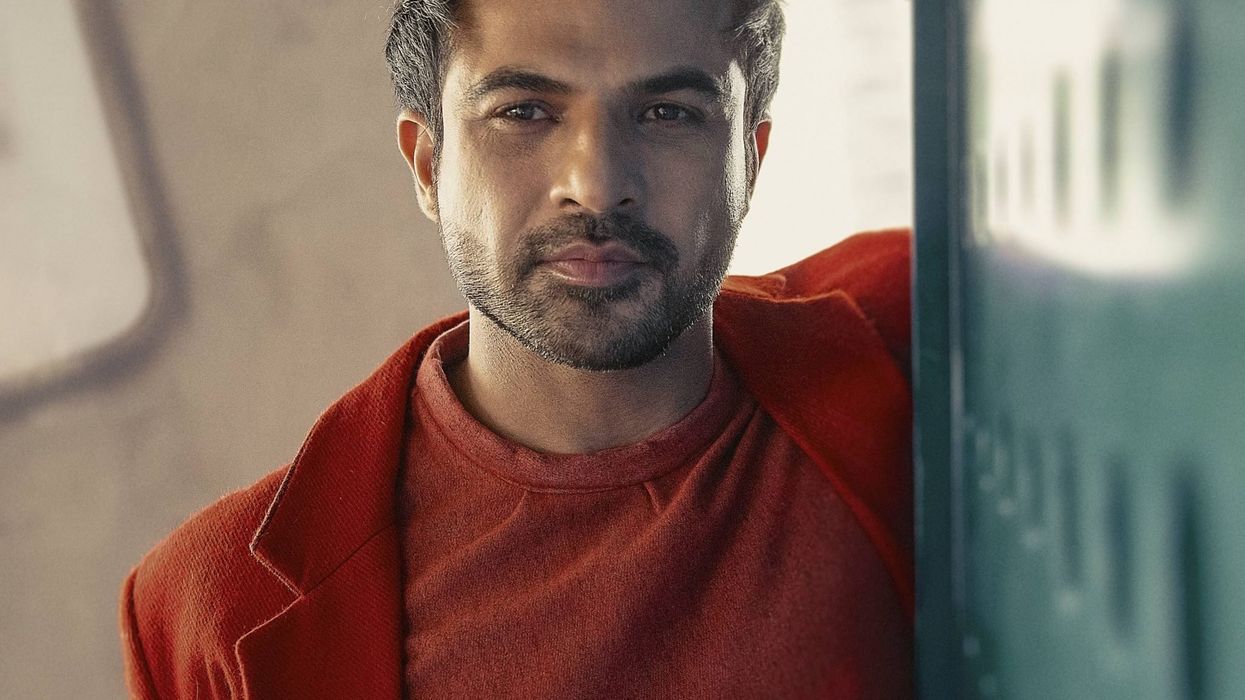




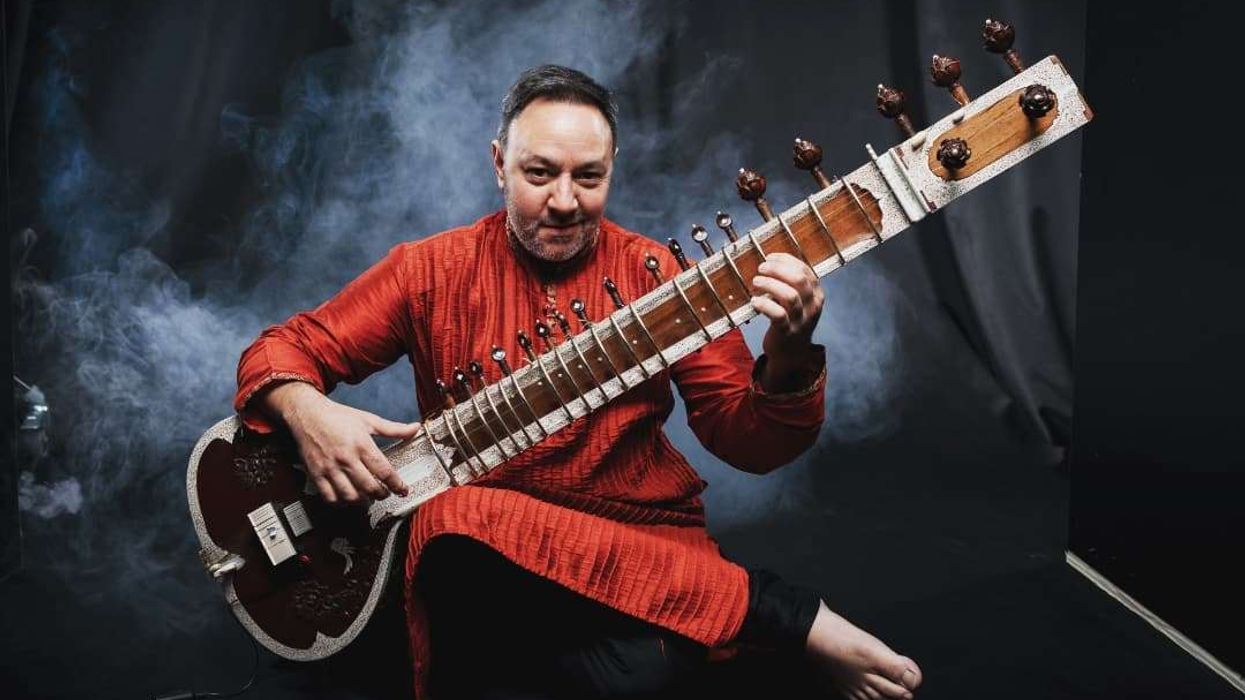
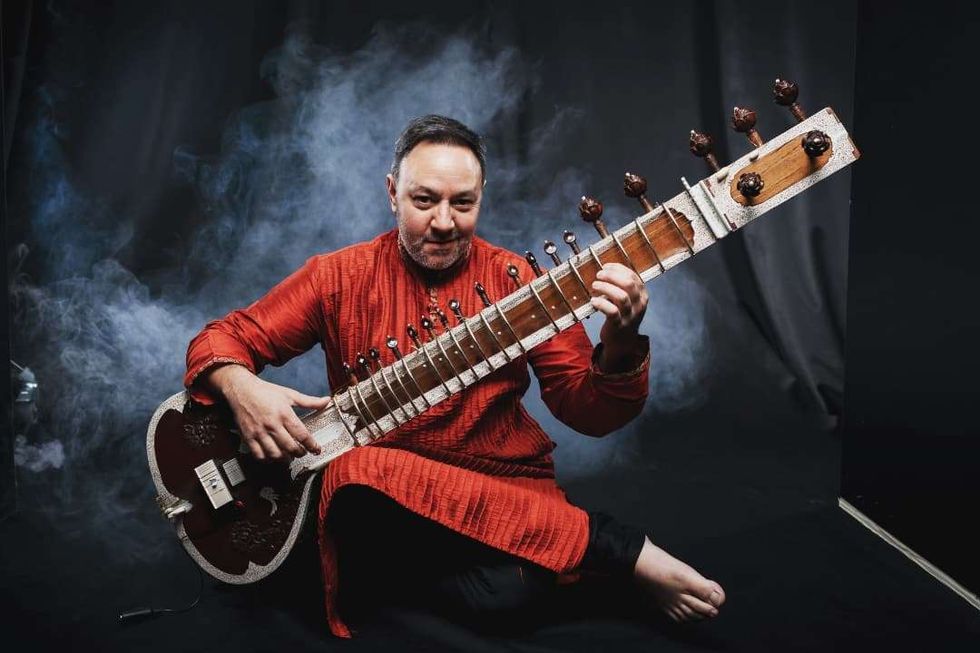 Jonathan Mayer on the sitar and beyond Instagram/the_sitarist/ @sat_sim
Jonathan Mayer on the sitar and beyond Instagram/the_sitarist/ @sat_sim 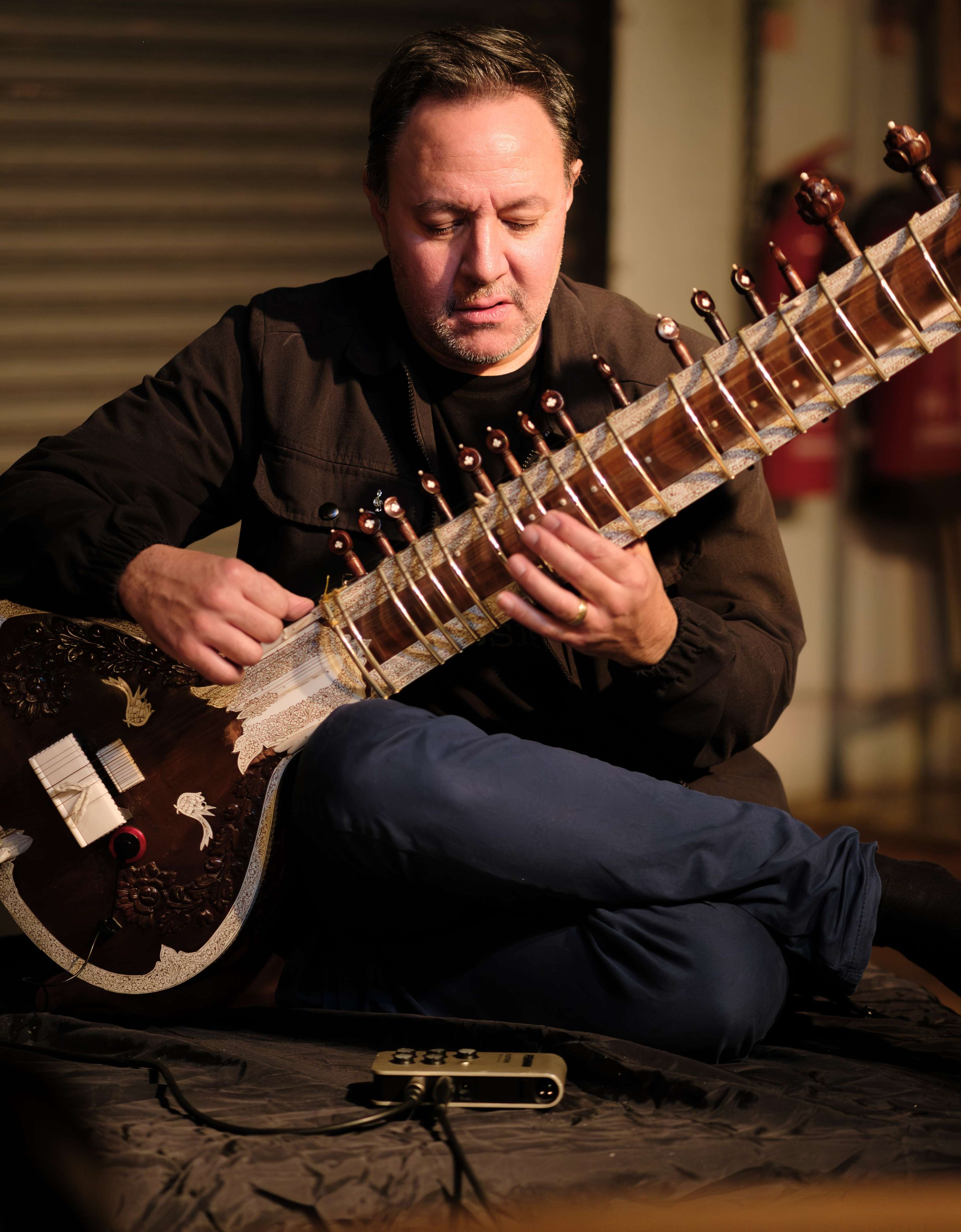 Redefining Indian classical music with Jonathan Mayer Akil Wilson
Redefining Indian classical music with Jonathan Mayer Akil Wilson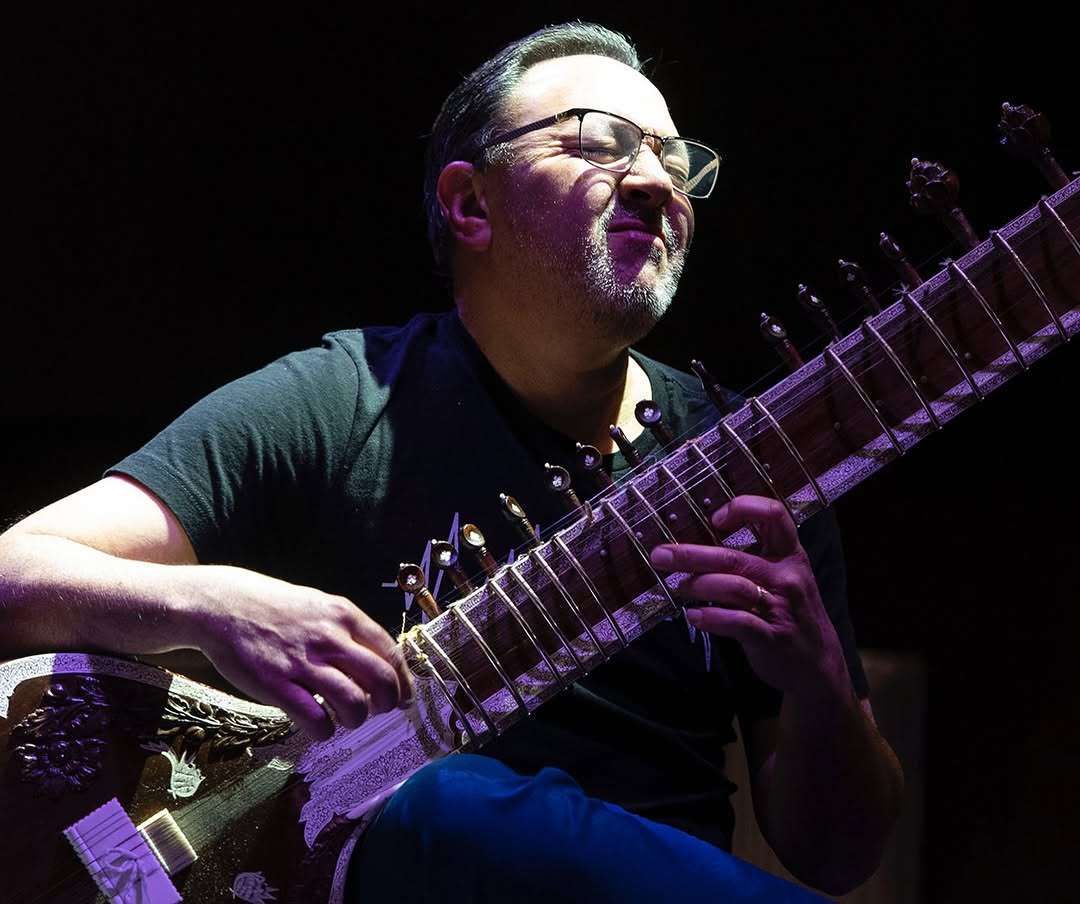 Jonathan Mayer on music without boundaries Instagram/the_sitarist/
Jonathan Mayer on music without boundaries Instagram/the_sitarist/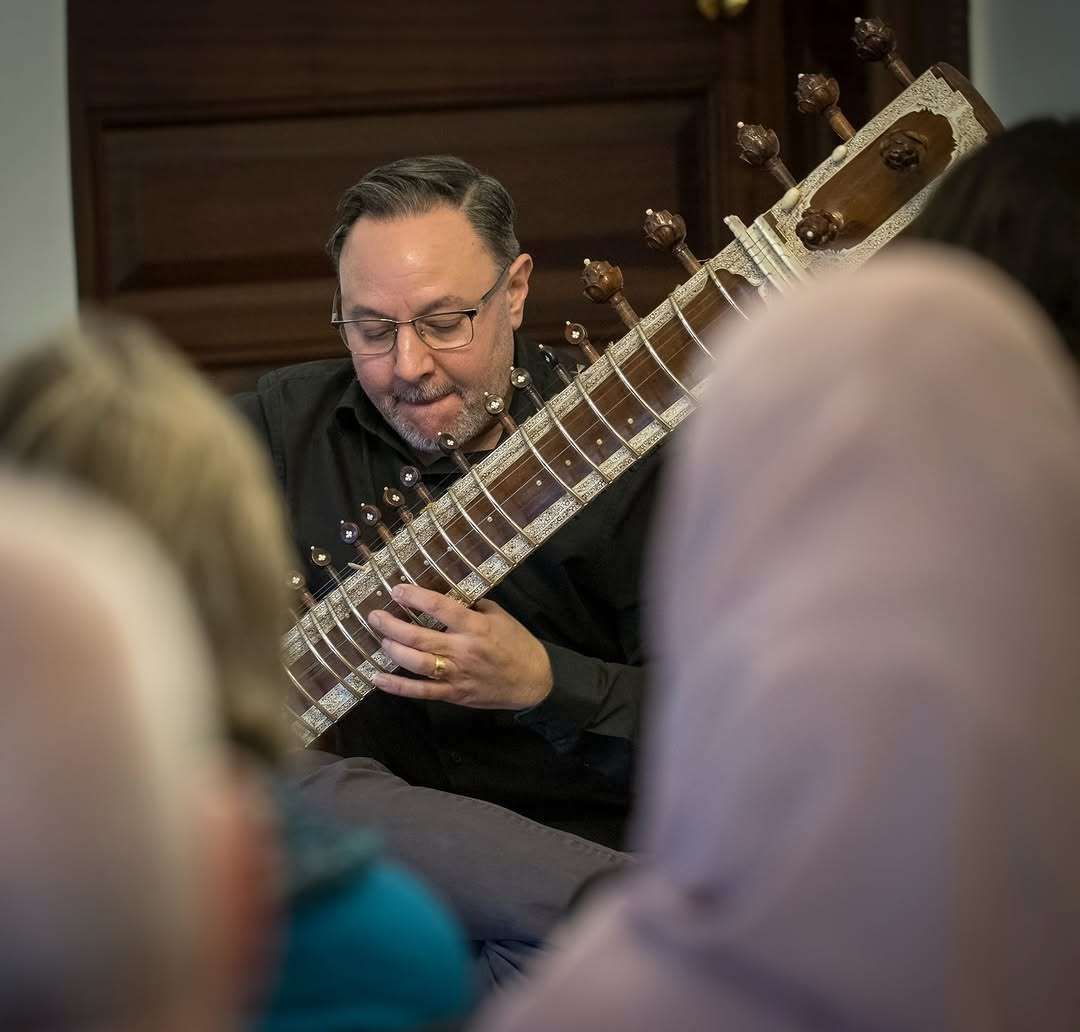 Jonathan Mayer on teaching and performing Indian music Instagram/
Jonathan Mayer on teaching and performing Indian music Instagram/





